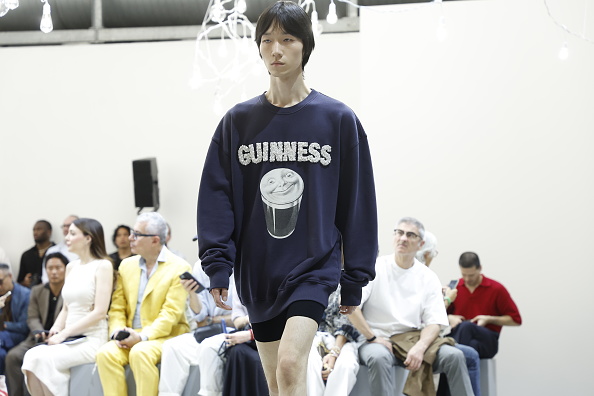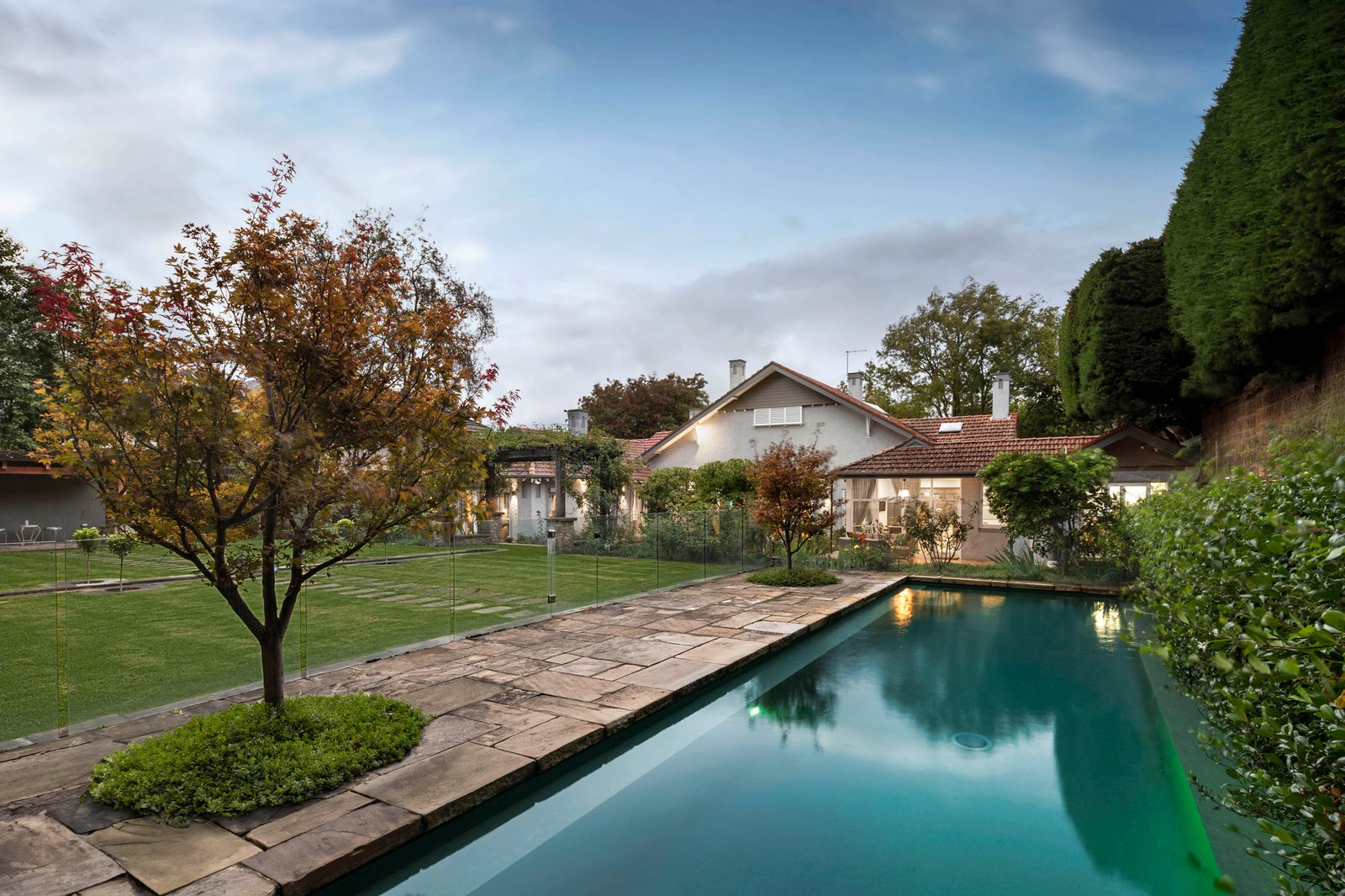When Having It All Means It’s All Falling Apart
How to get through those days when your professional and personal lives won’t quit
The first message, received while I was at the office one day last month, drowning in work, informed me that my daughter had lice. The second confirmed my son had it, too.
The third, which came as my deadline was approaching and I was feeling phantom itchiness on my scalp, announced that my son’s wonderful kindergarten teacher had quit the week before and was never coming back.
I felt like I’d been cast in an adult version of “Alexander and the Terrible, Horrible, No Good, Very Bad Day.” Everything—work, life, parasites—had collided. In addition to having no idea which crisis to tackle first, I questioned how I’d gotten there in the first place.
Sometimes there is a fine line between having it all and it’s all falling apart. After a stretch when many of us laboured to be Santa at home and year-end heroes at work, all while facing a tripledemic, we could stand to take a deep breath, shift our perspective and, when all else fails, laugh at the absurdity of it all.
“On your bad days, when nothing is going right, you go, ‘Oh, my God, I’m a horrible parent. I’m a horrible employee. I’m a horrible wife. I’m a horrible everything,’” says Lilian Tsi Stielstra, a mother of two grown children in Vancouver, Wash. The 58-year-old says she still remembers the morning years ago when she confidently marched into her office in her brand-new black power suit only to realise it was adorned with a blob of her one-year-old’s snot.
One lawyer and mother of four in Pennsylvania told me she’d once dropped her child off at soccer practice, then figured out, in the blur of juggling back-to-back calls, she’d dropped the wrong child. A nonprofit executive mistakenly threw the plastic bag containing his homemade lunch in the trash and commuted to the office cluelessly clutching a bag filled with cat poop. One tech leader recounted to me the time she received a text message while stationed in a glass conference room in her bustling office. It was her fiancé, breaking up with her.
Some tales of work-life clash are grisly, like presenting to a client in Chicago still bloodied from fresh dental work. Some are eventually funny, like when your child bursts into a research meeting of scientists to announce his pet lizards are having sex.
Navigating our different responsibilities and identities has never been easy. These days, it’s compounded by our current stew of illnesses, corporate chaos and the pressure on parents to make up for everything kids lost during the pandemic.
“It’s all colliding,” says Lisa Duerre, who spent a day last August dealing with an ailing sibling, an anxious child, a crucial client pitch and a dog who decided right then was a good time to get sick all over the carpet.
The chief executive of RLD Group, which advises tech companies on culture, Ms. Duerre recently had a coaching client kick off a session by placing her forehead down on the desk, overwhelmed by caring for a parent with dementia while dealing with a corporate reorganisation.
For those in the throes of acute work-life tensions, Ms. Duerre recommends first pausing. Take three deep breaths. Notice how you’re feeling—are you screaming “Just cancel everything!” in your head? Are your shoulders scrunched up near your ears? Tell yourself you’re just going to choose the next right action, and the next, one at a time. Ask yourself what’s most important to do right now, and then ask for help where you need it.
Go to a peer first if you can, she says, so you’re not constantly sounding alarms to your boss. When you do approach your manager with a problem, bring some possible solutions rather than plaintive queries. The paediatrician only has an appointment during the client meeting; would you prefer I call in from the parking lot there or send someone else to the meeting in my place?
Messy days, and tragic and scary moments too, are part of having a full life. Shouldering many roles, from dad to dog owner to team leader, makes us happier, says Yael Schonbrun, a clinical psychologist and assistant professor at Brown University, though it can also make some situations harder.
“When we have a life that has a lot of meaning and purpose, it’s often quite uncomfortable,” she says.
See if you can find the silver linings in your busy, complicated days. For example, limited time can force us to be more focused and present, says Dr. Schonbrun, the author of a book about how working parents can manage feeling overwhelmed. Stepping away from work to see our kids or tend to another responsibility can breed bursts of creativity.
When our lives are bigger, a loss or challenge in one area often doesn’t hit as hard.
“Even though I might run at a higher anxiety and higher stress, I don’t run lonely,” reasons Shelley Nelson, who juggles two kids and a job at a financial-technology company. She hit a run of bad luck starting in late 2021, breaking her hand right as she was starting a new job, leaving her with one for typing. Then came pinkeye, a flat tire that made her late for a meeting where she was to meet her new executives, Covid-19 infections for nearly the whole family and the death of her husband’s grandmother.
“I was, like, this is not who I am,” she says of all the accommodations she had to request from her new manager, from extra work-from-home days to time off.
She laughed to keep from crying. She wished she could do better, at everything. But she told herself she was managing as well as she could, and found the bad days built resilience.
I did, too. When the woman at the lice-treatment centre examined my hair and assured me that good moms get lice, I took the diagnosis as proof of my hands-on parenting. When my son came down with a mystery fever the following week, I cherished the extra cuddles on the couch. By the time my daughter was hit with a stomach bug on Christmas Eve, just as my editor was texting me about a column, I was less fazed by it all.
Nothing seemed to be going as planned, but it still felt like a privilege to have so many things I loved, constantly colliding with each other.
 Copyright 2020, Dow Jones & Company, Inc. All Rights Reserved Worldwide. LEARN MORE
Copyright 2020, Dow Jones & Company, Inc. All Rights Reserved Worldwide. LEARN MORE
This stylish family home combines a classic palette and finishes with a flexible floorplan
Just 55 minutes from Sydney, make this your creative getaway located in the majestic Hawkesbury region.
As Paris makes its final preparations for the Olympic games, its residents are busy with their own—packing their suitcases, confirming their reservations, and getting out of town.
Worried about the hordes of crowds and overall chaos the Olympics could bring, Parisians are fleeing the city in droves and inundating resort cities around the country. Hotels and holiday rentals in some of France’s most popular vacation destinations—from the French Riviera in the south to the beaches of Normandy in the north—say they are expecting massive crowds this year in advance of the Olympics. The games will run from July 26-Aug. 1.
“It’s already a major holiday season for us, and beyond that, we have the Olympics,” says Stéphane Personeni, general manager of the Lily of the Valley hotel in Saint Tropez. “People began booking early this year.”
Personeni’s hotel typically has no issues filling its rooms each summer—by May of each year, the luxury hotel typically finds itself completely booked out for the months of July and August. But this year, the 53-room hotel began filling up for summer reservations in February.
“We told our regular guests that everything—hotels, apartments, villas—are going to be hard to find this summer,” Personeni says. His neighbours around Saint Tropez say they’re similarly booked up.
As of March, the online marketplace Gens de Confiance (“Trusted People”), saw a 50% increase in reservations from Parisians seeking vacation rentals outside the capital during the Olympics.
Already, August is a popular vacation time for the French. With a minimum of five weeks of vacation mandated by law, many decide to take the entire month off, renting out villas in beachside destinations for longer periods.
But beyond the typical August travel, the Olympics are having a real impact, says Bertille Marchal, a spokesperson for Gens de Confiance.
“We’ve seen nearly three times more reservations for the dates of the Olympics than the following two weeks,” Marchal says. “The increase is definitely linked to the Olympic Games.”

Getty Images
According to the site, the most sought-out vacation destinations are Morbihan and Loire-Atlantique, a seaside region in the northwest; le Var, a coastal area within the southeast of France along the Côte d’Azur; and the island of Corsica in the Mediterranean.
Meanwhile, the Olympics haven’t necessarily been a boon to foreign tourism in the country. Many tourists who might have otherwise come to France are avoiding it this year in favour of other European capitals. In Paris, demand for stays at high-end hotels has collapsed, with bookings down 50% in July compared to last year, according to UMIH Prestige, which represents hotels charging at least €800 ($865) a night for rooms.
Earlier this year, high-end restaurants and concierges said the Olympics might even be an opportunity to score a hard-get-seat at the city’s fine dining.
In the Occitanie region in southwest France, the overall number of reservations this summer hasn’t changed much from last year, says Vincent Gare, president of the regional tourism committee there.
“But looking further at the numbers, we do see an increase in the clientele coming from the Paris region,” Gare told Le Figaro, noting that the increase in reservations has fallen directly on the dates of the Olympic games.
Michel Barré, a retiree living in Paris’s Le Marais neighbourhood, is one of those opting for the beach rather than the opening ceremony. In January, he booked a stay in Normandy for two weeks.
“Even though it’s a major European capital, Paris is still a small city—it’s a massive effort to host all of these events,” Barré says. “The Olympics are going to be a mess.”
More than anything, he just wants some calm after an event-filled summer in Paris, which just before the Olympics experienced the drama of a snap election called by Macron.
“It’s been a hectic summer here,” he says.

AFP via Getty Images
Parisians—Barré included—feel that the city, by over-catering to its tourists, is driving out many residents.
Parts of the Seine—usually one of the most popular summertime hangout spots —have been closed off for weeks as the city installs bleachers and Olympics signage. In certain neighbourhoods, residents will need to scan a QR code with police to access their own apartments. And from the Olympics to Sept. 8, Paris is nearly doubling the price of transit tickets from €2.15 to €4 per ride.
The city’s clear willingness to capitalise on its tourists has motivated some residents to do the same. In March, the number of active Airbnb listings in Paris reached an all-time high as hosts rushed to list their apartments. Listings grew 40% from the same time last year, according to the company.
With their regular clients taking off, Parisian restaurants and merchants are complaining that business is down.
“Are there any Parisians left in Paris?” Alaine Fontaine, president of the restaurant industry association, told the radio station Franceinfo on Sunday. “For the last three weeks, there haven’t been any here.”
Still, for all the talk of those leaving, there are plenty who have decided to stick around.
Jay Swanson, an American expat and YouTuber, can’t imagine leaving during the Olympics—he secured his tickets to see ping pong and volleyball last year. He’s also less concerned about the crowds and road closures than others, having just put together a series of videos explaining how to navigate Paris during the games.
“It’s been 100 years since the Games came to Paris; when else will we get a chance to host the world like this?” Swanson says. “So many Parisians are leaving and tourism is down, so not only will it be quiet but the only people left will be here for a party.”
This stylish family home combines a classic palette and finishes with a flexible floorplan
Just 55 minutes from Sydney, make this your creative getaway located in the majestic Hawkesbury region.






















